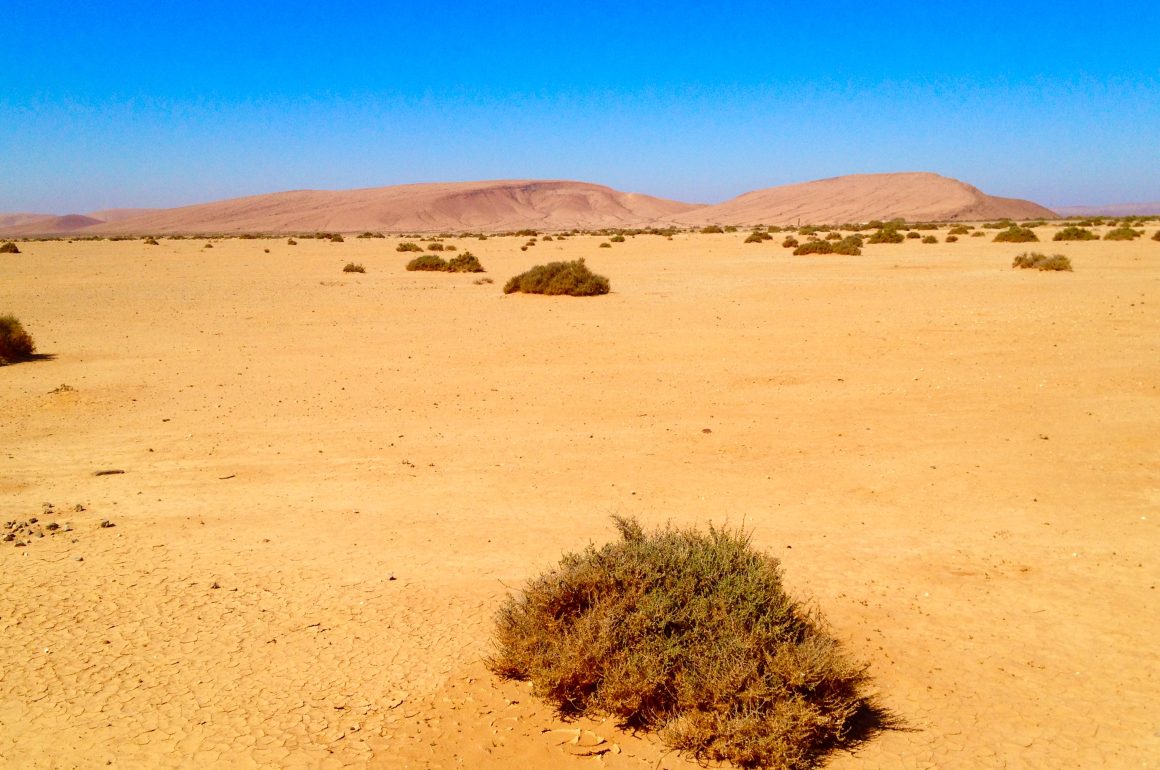
The most unpromising landscapes – see the picture above – can hold the most interesting birds: larks. Like us humans, larks hail from Africa and like us, they like wide open landscapes. Unlike the majority of Homo Sapiens, most larks are still in Africa, so that’s where we will start our list.
The Greater Hoopoe Lark is an amazing bird. It’s relatively colourful for a lark, but that’s not why it is so astounding. It’s the display flight. The bird flies vertically up – while making a sound best described as a larky whoooopeeeee – and then dead drops to the ground, braking just in time. Anyone seeing this, will be charmed. My wife and I witnessed this display in southern Morocco, on the fringes of the Sahara Desert. We were participating in a SPEA excursion. The trip took us into the Atlas, Anti-Atlas and the desert beyond. Culinary and culturally rich, Morocco showed itself from its best natural side too. Early in the year you can be watching Crimson-winged Finch in the snow one day and Thick-billed Lark in the desert the next.
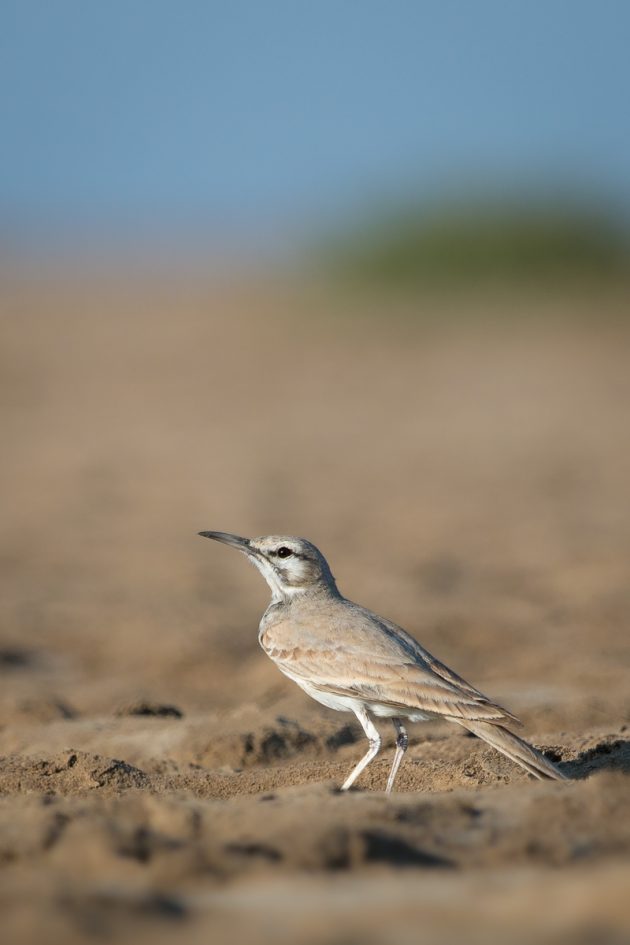
My birding buddy Bas and I were touring the Northern Cape province of South Africa with a single-minded focus on the amazing Alaudidae family. From Springbok we had travelled to Port Nolloth where a thick Atlantic fog awaited us. This is the interspecies region for Barlow’s Lark and Karoo Lark. We were here for Barlow’s Lark, but the area can have both larks and their hybrids… It took a long time to find our target – Long-billed Larks everywhere but no Barlow’s, nor Karoo for that matter. The mist was making it doubly hard. So, when we finally set eye on a potential Barlow’s Lark we had to be more than sure we were not wishing it, but seeing it. Never have I ever spent so much time going through every little field mark to make absolutely 100% certain we were looking at “it”.
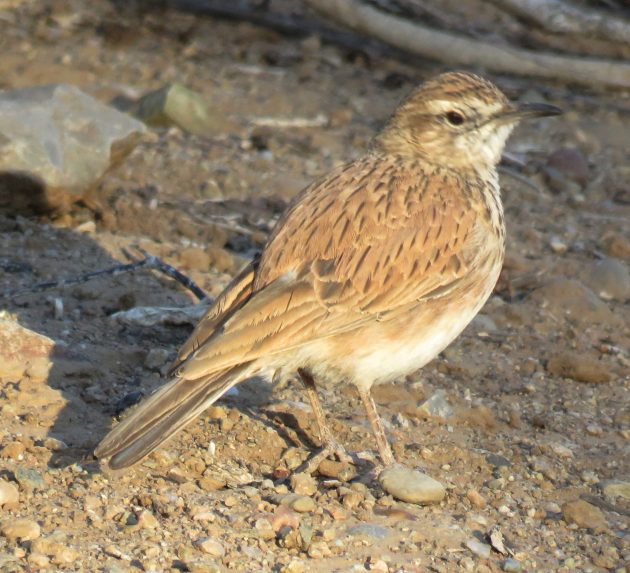
Benguela Long-billed Lark can be found north of the Brandberg in Namibia. There’s a gap in the distribution of the long-billed lark complex (rather unimaginatively called the Brandberg gap). North of the gap: Benguela Long-billed Lark, making identification easy, unlike the tricky Barlow’s Lark above. The mountain itself is famous for its rock art – apparently some of these paintings show a hydrological map, with good and bad waterholes. Water is my business so for once, art took over from birds as my prime interest. Just driving to see the Brandberg, the rock art and the landscape and not really birding other than checking out whatever moved. And as always, when you least expect it: a Benguela Long-billed Lark feeding at a crossroads just outside Uis. I had planned for the bird a week later on the way back south, but I wasn’t complaining. Especially since I never saw another one that trip.
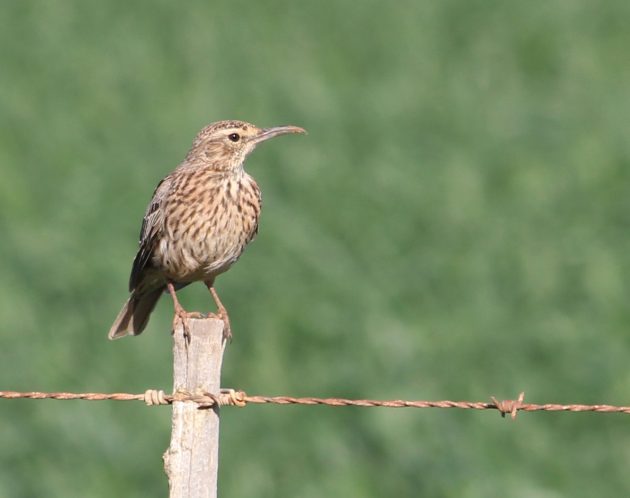
One of the most endangered birds on the planet – Botha’s Lark – can reliably (for now) be found in the Wakkerstroom area, South Africa. A grassland species, and a very nitpicky one, suffering from habitat conversion. Reforestation, alright. Afforestation, not always a great idea. Where are they putting the “forest”? In the case of the eucalypt and pine plantations on Southern Africa’s highland grasslands: bad news for larks and other grassland birds. Also bad for birders because the plantations are “alien” and, apart from the occasional nesting raptor, not very interesting. Development and overgrazing are not helping the remaining 340 birds either. My hopes of seeing this lark and its equally troubled cousin Rudd’s Lark were low, if not for the help of one of the Wakkerstroom community guides. We met our guide at the community centre in town and drove off to the field the lark would be. I can’t honestly say the lark had not been glued in position – it was right there where it was supposed to be… Uncanny. For Rudd’s Lark we continued, drove onto a football field amidst some houses and in among some broken beer bottles: the lark! Fortunately, we did have to work harder and travel to more scenic places to see the other highland specials, but what a trip. Anyone with a day to spare in Johannesburg should just drive up to Wakkerstroom and spend a day there. The latest news (from which the photograph was taken) isn’t very hopeful… By the way, the Wakkerstroom centre provides accommodation.
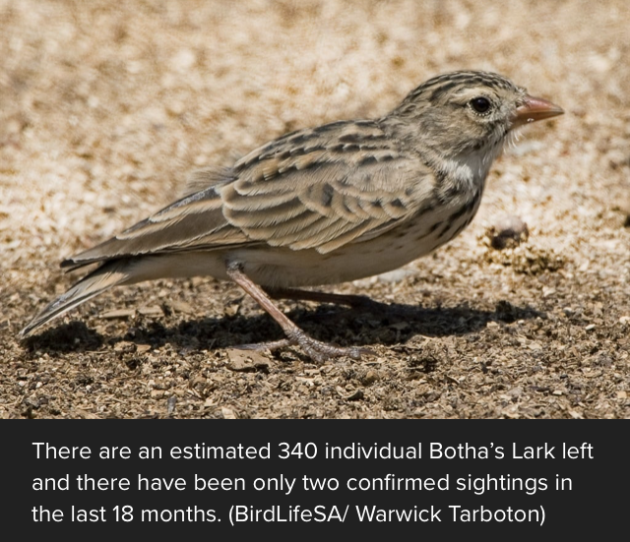
Some birds are difficult to identify while others can be so easy that even the very first one is obvious. A Flappet Lark displays above the treetops while wing-clapping. Prrrt, prrrrt, prrrrrt. A little farting lark. I saw this display in Rio Savane, north of Beira in Mozambique and knew instantly. Not sure how long those treetops will be there. Trees are rapidly being turned into charcoal for the city. Other birds are under threat too. Who will believe you if you tell them cooking gas is good for the environment?
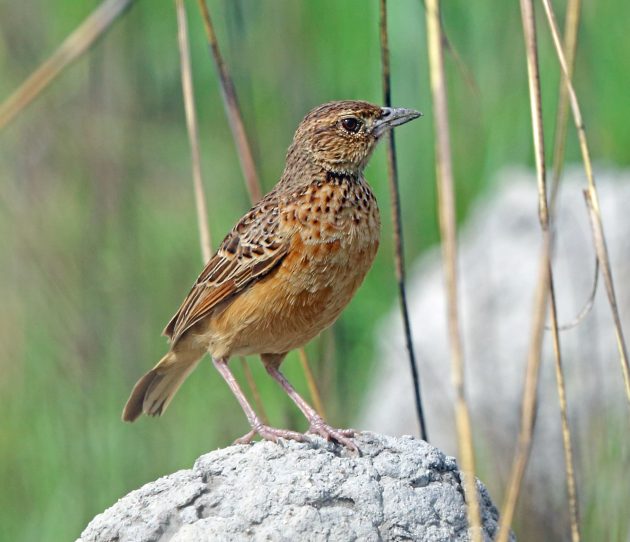
Driving from Okaukuejo Camp north to Okondeka was a road well-travelled for me. I had been here twice already. Both times my goal had been to find Pink-billed Lark. I had seen a large pride of Lion, many Gemsbok, Burchell’s Courser and similar undesirables. Only joking, these are all stonkers. The pretty little Pink-billed Larks had eluded me twice. Third time lucky? I had read up extensively on the birds’ preferred habitat, eBird sightings and I knew that all I had to look out for was recently burnt grass. I drove by one such patch, nothing. Onwards, there will be more patches of recently burnt grass after a record drought. Especially on a 30-kilometer stretch of dirt road in Etosha National Park. There weren’t. I circled back to the first (and only) patch. Hey, movement. Wrong “jizz” – these birds are standing tall, very unlike the crouching posture Pink-billed Larks are always presented in. Binoculars to the eyes… Pink-billed Lark, no doubt about it. The Namibia subspecies is the prettiest of the lot, what a lovely bird. It also has a sense of humour, presenting itself so differently. Yes, when in doubt, stop the car!
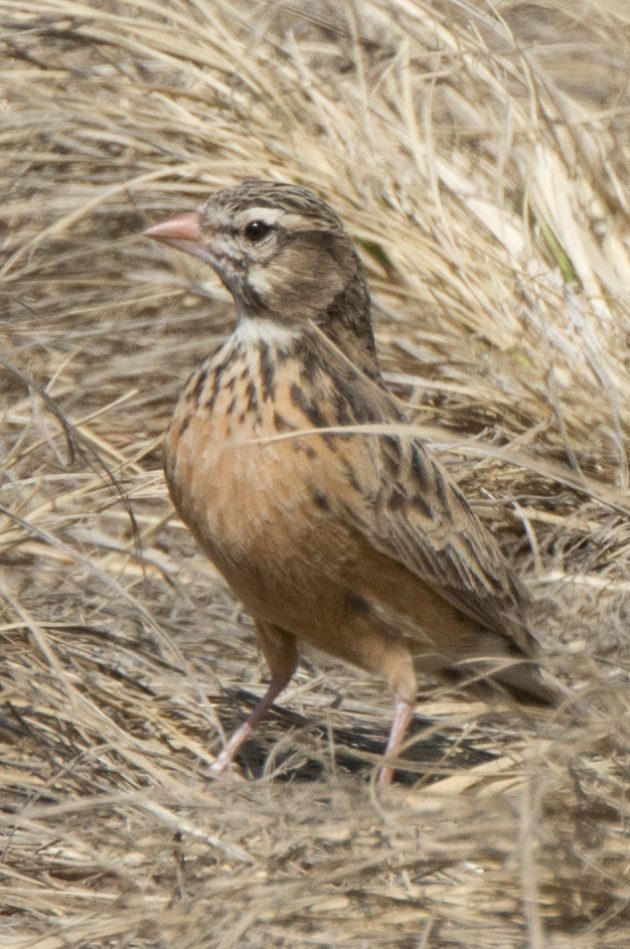
America (both Nearctic and Neotropics) must make do with one lark: the Shore Lark (aka Horned Lark). Yes, the Neotropics hold about 40% of all bird species, but just the one lark? Naturally, attempts have been made to import other species, notably the Skylark. The reason is simple: living without larks, who wants that for their children and grandchildren?
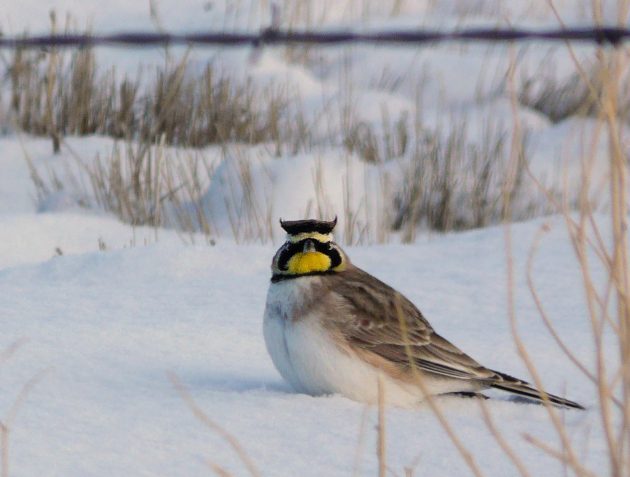
The Skylark gets a mention 27 times in Shakespeare’s work (All’s Well That Ends Well, Cymbeline, Henry V, Henry VIII, King Lear, Love’s Labor’s Lost, Merchant of Venice, Midsummer Night’s Dream, Richard II, Richard III, Romeo and Juliet, The Taming of the Shrew, Titus Andronicus, Troilus and Cressida, The Winter’s Tale and in sonnet 29) and that’s why the American Acclimatization Society tried to import the songster into America. This is a myth, as I have convincingly proved already – they were just envious of the Old World’s larky abundance. No need to dwell on the facts. More importantly, Skylarks, like other farmland birds are not doing well in today’s “improved grasslands”. Forceful removal in the name of progress; “improved “ fits in the same category as “gentrification” and “pacification”. There’s a spark of hope: some farmers have started missing the once familiar sounds of the fields and have made real moves to restore what has been lost.
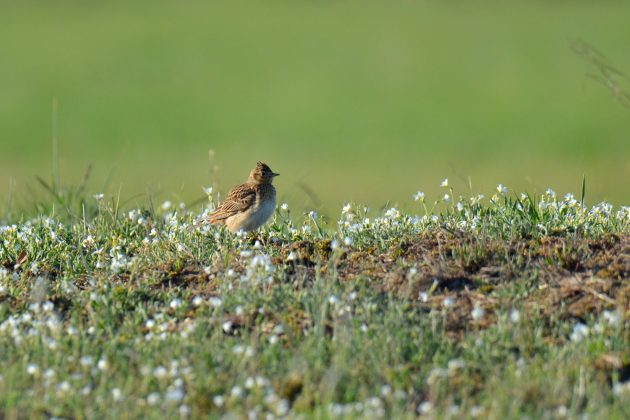
The Woodlark is pretty, has a lovely voice and sings an enchanting song. Its song is a representation of its Latin name. The bird has been singing this song eons before Linnaeus wrote down the binomial name, isn’t that something? They have always known… If we were as unfortunate as the Americans with their single lark, and all we had was the Woodlark. Well, we would still be chuffed to bits, wouldn’t we?
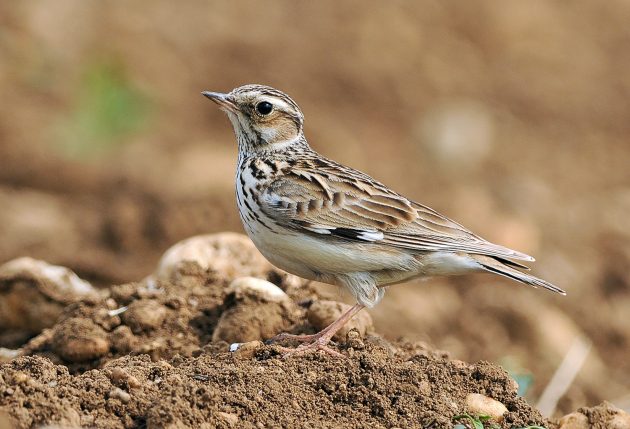
The Crested Lark and the Thekla Lark are so similar that Portuguese birders commonly refer to them as “cristhekla” – combining the Latin species names of Galerida cristata and Galerida theklae. Obviously not bothering to tell them apart. Both are abundant in southern Europe and could be classified as trash birds, but we do not condone that term anymore, now do we?
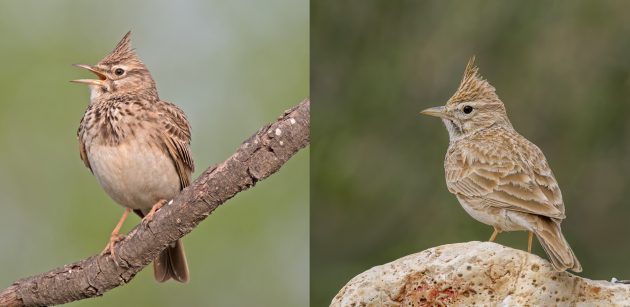





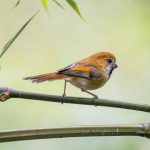


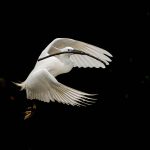
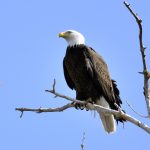
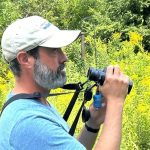
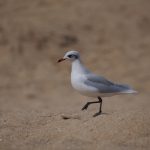
Nothing is more beautiful than a field full of Eastern Meadowlarks, singing in the spring.
At this point Meadowlarks are part of the oriole/blackbird family. As this post explains, the only true lark in the New World is the Horned Lark. But I agree, Meadowlarks are wonderful!
The Clapper Larks and Longbilled Larks in Southern Africa also show display flights where they rise up high (with wing clapping by Clapper Larks) , and then dive or ‘fall’ down, usually giving a long descending whistle. I never get tired of that display.